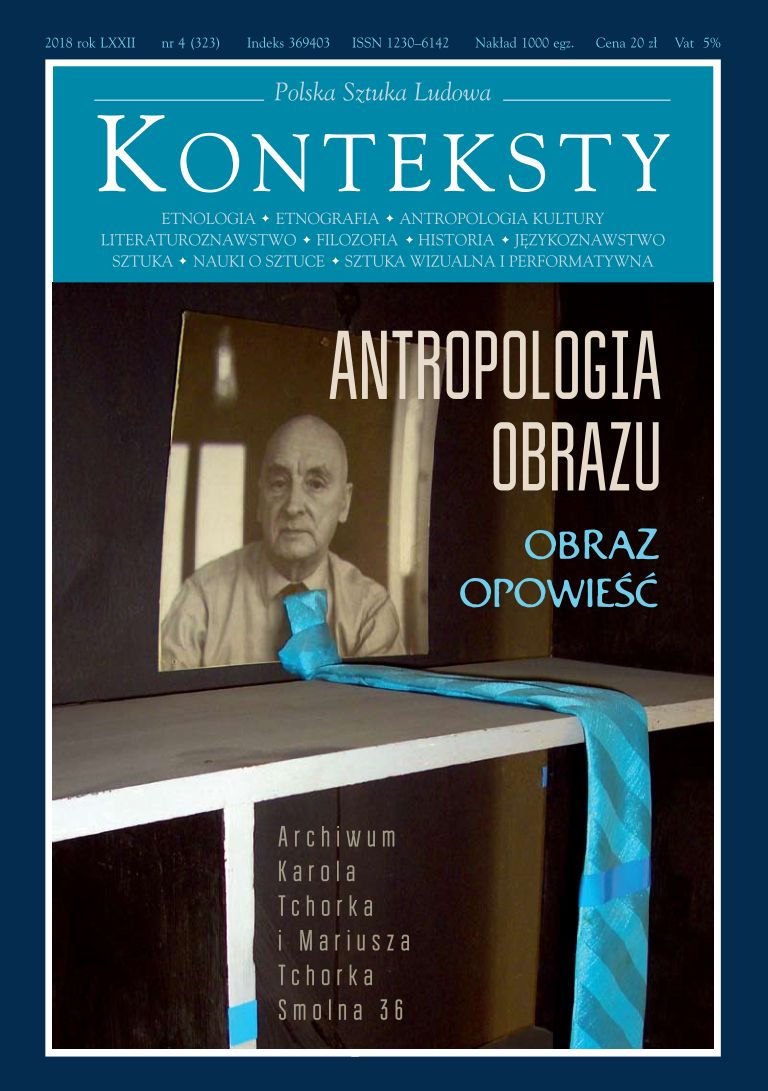Krajobraz pośmiertny. Las Rzuchowski w perspektywie forensycznej
The Posthumous Landscape. The Rzuchowski Forest in a Forensic Turn
Author(s): Mikołaj SmykowskiSubject(s): History, Social Sciences, Jewish studies, Geography, Regional studies
Published by: Instytut Sztuki Polskiej Akademii Nauk
Keywords: Kulmhof;death camp;forensics;anthropology;
Summary/Abstract: The article intends to present inspirations derived from the so-called forensic turn in studies dealing with the landscape of the former death camp in Chełmno on the Ner (Kulmhof), and in particular its woodland (Waldlager Kulmhof) located in the Rzuchów Forest Unit (Forest District Koło). Here the forensic turn is understood not as a politically motivated “exhumation movement” but as special interest in the material remains of the Holocaust, regarded as evidence and inspiring the construction of complementary interpretations combining the humanities and social sciences with criminal justice and sciences dealing with life. The article will demonstrate how the accomplishments of contemporary anthropology and legal archaeology, bio-archaeology, taphonomy, and studies dealing with the environmental history of the Holocaust can enrich the humanistic comprehension of the landscape. The sources at the basis of the reflections are the outcome of state investigations and testimonies of the survivors and witnesses of the extermination of the Jewish population in Chełmno on the Ner. The article follows the procedures of the extermination of the victims, the ways of processing human remains and their subsequent scattering in the natural landscape as a consequence of a directive calling for a total elimination of all material evidence (especially bodies of the murdered people). Within the forensic approach to the post-Holocaust landscape of the Rzuchowski Forest, which conceals the ashes of the victims, and thus human remains fragmented to a form that often makes identification impossible, the author of the article posed the following questions: what sort of a role is played by human remains that cannot become the object of research conducted by medical doctors, anthropologists or court archaeologists since the state of preservation renders impossible or completely excludes standard research procedures? How is one to examine a landscape containing the ashes of thousands of victims? How is the landscape to be treated as proof of the Holocaust?
Journal: Konteksty
- Issue Year: 323/2018
- Issue No: 4
- Page Range: 355-368
- Page Count: 14
- Language: Polish
- Content File-PDF

